Category Archives: Mid Atlantic
Athearn Marine Agency Boat of the Week: 46′ Wesmac Scallop/Tuna/Lobster, 750HP John Deere Diesel
 To review specifications, information, and 12 photos’, >click here<, To see all the boats in this series >click here< 11:45
To review specifications, information, and 12 photos’, >click here<, To see all the boats in this series >click here< 11:45
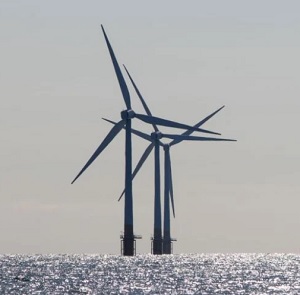
Protect Our Coast NJ cites offshore wind farm’s ‘negative impacts’
Protect Our Coast NJ, a group dedicated to stopping the Ocean Wind 1 wind turbine project, has weighed in on the federal Bureau of Ocean Energy Management’s Draft Environmental Impact Statement, pointing out the areas the 1,400-page document shows dangers to the region. Meanwhile, Ocean Wind said it is finalizing comments that it plans to publicly release on points the project developers believe should be addressed in the Final Environmental Impact Statement. A statement released Monday said it has already taken steps to minimize the project’s impact. The public comment period on the draft statement, or DEIS, closes Aug. 8. Most commenters either roundly supported the job creation they expect from Ocean Wind 1 and a series of other wind turbine projects off the coast, or they attacked the project for the harm they believe it will cause to marine mammals and the tourism, commercial fishing and recreational fishing industries. >click to read< 09:09
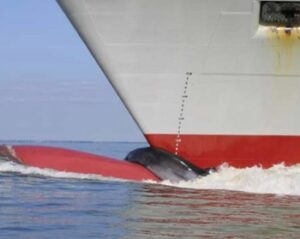
Ship Strikes: Ships must slow down more often to save whales, feds say
Vessels off the East Coast must slow down more often to help save a vanishing species of whale from extinction, the federal government said Friday. Efforts to save the whales have long focused on fishing gear, especially that used by East Coast lobster fishermen. The proposed vessel speed rules signal that the government wants the shipping industry to take more responsibility. “Changes to the existing vessel speed regulation are essential to stabilize the ongoing right whale population decline and prevent the species’ extinction,” state the proposed rules, which are slated to be published in the federal register. Fishermen are unfairly being held accountable for whale deaths that occur due to vessel strikes, said Patrice McCarron, executive director of the Maine Lobstermen’s Association, which is the largest fishing industry association on the East Coast. >click to read< 11:33
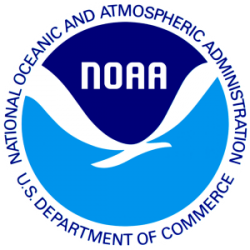
New Proposed Vessel Speed Regulations and New Draft Ropeless Gear Roadmap to Boost Protection of North Atlantic Right Whales
Today, NOAA Fisheries announced two important steps in a series of actions the agency is taking to protect and conserve North Atlantic right whales. We announced proposed changes to federal vessel speed regulations to further reduce the likelihood of right whale deaths and serious injuries that result from collisions with vessels. We also announced a new draft Ropeless Roadmap: A Strategy to Develop On-Demand Fishing. Both of these efforts are part of our North Atlantic Right Whale Road to Recovery, a strategy that encapsulates all of our ongoing work across the agency and in collaboration with our partners and stakeholders to conserve and rebuild the North Atlantic right whale population. >click to read< 11:03
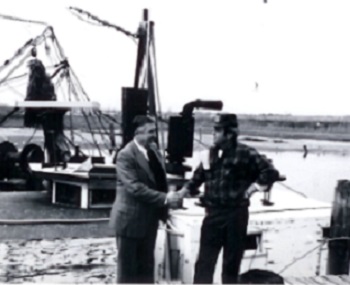
Remembering Gosta “Swede” Lovgren
Early last summer the fishing industry lost one of their loudest voices from the early years of federally managed fisheries when Gosta Lovgren of Lavallette New Jersey passed away less than two months after his wife of 55 years, Carol, died. He was born December 9 th 1938 and lived in Ocean County all his life. Affectionately known as “Swede” he was one of the first fishermen to understand the politics of the fishing industry and knew that if the industry did not become aware of, and fight, what was going to happen to them through management measures supposedly to save the fish, then they would be doomed. >click to continue<, By Jim Lovgren and Nils Stolpe 12:05
Athearn Marine Agency Boat of the Week: 44’11″x 18’6″ Fiberglass Novi Scalloper,122A Volvo Diesel
To review specifications, information, and 32 photos’, >click here<, To see all the boats in this series >click here< 11:49
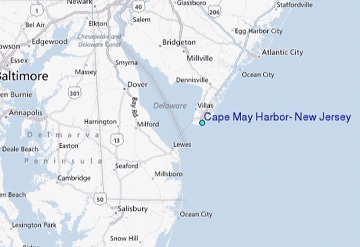
Captain Happy
He got his first boat in 1969; he named it Miss Tina. It was old, needed lots of work, and was small. He was young, somewhat handy when it came to fixing things, and she was big enough to get him started. For the next seven years he and she were part of the commercial fishing fleet that called the port of Cape May/Wildwood in New Jersey home. With a great deal of hard work, no small measure of persistence, and a clear savings plan, he positioned himself to finance a new boat. He named her Lady Christine. He is an optimistic sort by nature. His outgoing, sometimes gregarious, optimism won him the nickname Captain Happy. Shortly after Lady Christine was launched, he began training a second mate. This mate was new to the port, and she was pleased to be hired by a captain with Happy’s reputation. >click to read< 18:21
Athearn Marine Agency Boat of the Week: 68′ Desco Dragger, Cat 3408 (2022 Complete/Major rebuild) with Permits
To review specifications, information, and 64 photos’, and video tour, >click here<, To see all the boats in this series >click here< 13:48
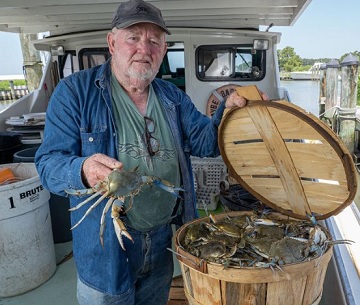
Decline in Chesapeake crab population sparks hunt for answers
Commercial crabbers in Maryland and Virginia aren’t catching their limits, and the harvest in the first few months of the season was so meager that some gave up trying. “Crabs are so scarce that me and my son are still catfishing,” Billy Rice, a Charles County, MD, waterman, said in June. “We’re making more money catfishing than we would be crabbing.” Based on what they see on the water, crabbers have no shortage of theories about why the Bay’s most prized catch is hard to find: Changes in water quality, climate change and an influx of crab-eating fish top the list. Whatever the case, said J. C. Hudgins, president of the Virginia Waterman’s Association. “Mother Nature has throwed a wrench in the barrel.” >click to read< 14:23
Athearn Marine Agency Boat of the Week: 92′ Rodriguez Shrimper/Scalloper, 3412 Cat
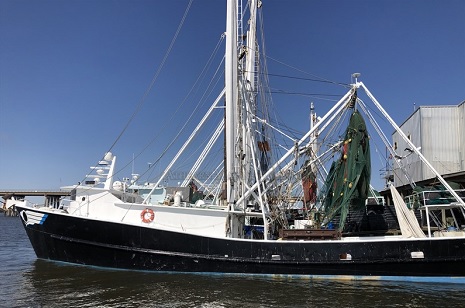 To review specifications, information, and 35 photos’, and video tour, >click here<, To see all the boats in this series >click here< 11:44
To review specifications, information, and 35 photos’, and video tour, >click here<, To see all the boats in this series >click here< 11:44
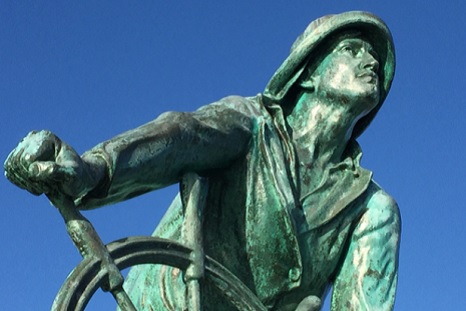
NOAA – A Failed Agency
The Magnuson Act became the law of the land in 1977. Seven years later, the 200-mile limit between Canada and the United States was decided at the world court in the Hague, Netherlands. Both had good intentions, however both failed. Magnuson was supposed to keep fish stocks at a sustainable level and keep maritime communities, like Gloucester prosperous. It made sense. Plenty of fish meant plenty of fishing, processing and a strong waterfront economy. After NOAA Magnuson was signed into law and kicked out the foreign vessels, they contradicted their own intentions of “overfishing” and built up the American fleet by offering government-backed low interest loans. This set off a frenzy of boat building at a time when fish stocks were plentiful. The fleet doubled in size in less than a decade. This offset the gains made from keeping foreign vessels out. Well, it backfired. While we like to think that the foreign fleets raped our fish stocks, it was really NOAA’s’ misguided encouragement and failed policies. “Go get’em boys, it’s all ours now” was their signal to fishermen. >click to continue<, By Sam Parisi. Gloucester, Mass. 18:32
Athearn Marine Agency Boat of the Week: 72′ Steel Dragger with Permit, Cat 3412
To review specifications, information, and 50 photos’, >click here<, To see all the boats in this series >click here<
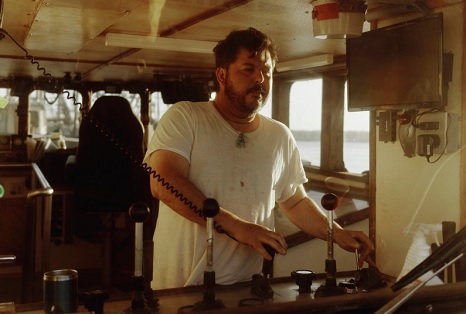
How Foreign Private Equity Hooked New England’s Fishing Industry
Before dawn, Jerry Leeman churned through inky black waters, clutching the wheel of the fishing vessel F/V Harmony. The 85-foot trawler, deep green and speckled with rust, was returning from a grueling fishing trip deep into the Atlantic swells. Leeman and his crew of four had worked 10 consecutive days, 20 hours a day, to haul in more than 50,000 pounds of fish: pollock, haddock and ocean perch, a trio known as groundfish in the industry and as whitefish in the freezer aisle. Leeman and his crew are barely sharing in the bounty. On deck, Leeman held a one-page “settlement 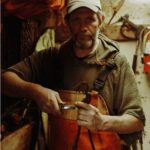 sheet,” the fishing industry’s version of a pay stub. Blue Harvest charges Leeman and his crew for fuel, gear, leasing of fishing rights, and maintenance on the company-owned vessel. Across six trips in the past 14 months, Leeman netted about 14 cents a pound, and the crew, about 7 cents each — a small fraction of the $2.28 per pound that a species like haddock typically fetches at auction. >Photos, click to read< 08:01
sheet,” the fishing industry’s version of a pay stub. Blue Harvest charges Leeman and his crew for fuel, gear, leasing of fishing rights, and maintenance on the company-owned vessel. Across six trips in the past 14 months, Leeman netted about 14 cents a pound, and the crew, about 7 cents each — a small fraction of the $2.28 per pound that a species like haddock typically fetches at auction. >Photos, click to read< 08:01
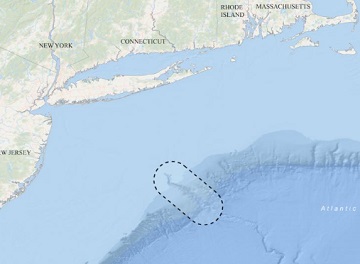
A note from Nils Stolpe: Comment on Proposed Hudson Canyon National Marine Sanctuary
I suspect, particularly considering the new and newly active Supreme Court, that there is going to be a huge push to fulfill the aspirations of the various “anti” groups to implement (impose?) their wish lists ASAP. I suspect as well that the current administration is worried about the appearance of its carte blanche granting of seemingly “do anything you want in the oceans” policy vis a vis wind power and is throwing this out as an indication that it really does care about the oceans. The effectiveness of so-called Marine Sanctuaries is still questionable but that’s no guarantee that you won’t have one in your bit of the ocean if the idea proliferates. Please take the time to go to Notice of Intent to Conduct Scoping and to Prepare a Draft Environmental Impact Statement for the Proposed Hudson Canyon National Marine Sanctuary and comment on this issue. Please keep in mind the fact that your waters and your fishery might be next. Nils 13:24

‘They want to turn the ocean into an aquarium’
I overheard those words a few years ago from a commercial fisherman in Barnegat Light. It seems it’s slowly happening. Your grandchildren might not ever know the idea of fishing off the Jersey Shore if NOAA gets its way. The NOAA is holding public hearings on whether to declare the Hudson Canyon a National Marine Sanctuary. The hearings will be held this summer. Now, who will show up in greater numbers will be interesting. You have commercial fisherman, most of whom are local men and women who have done this work for generations. The other crowd that will be heard are the activists and environmental groups who will plead their case that we need to save this precious resource. by Dennis Malloy >click to read< 11:54
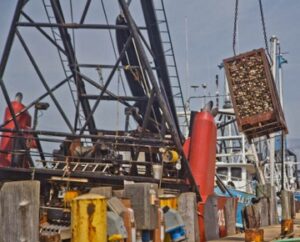
Offshore wind farms could reduce Atlantic City’s surfclam fishery revenue up to 25%
New research from Rutgers University shows Mid-Atlantic surfclam fisheries could see revenue losses from planned offshore wind farms, at least in the short- to medium-term after the development takes place. The data is sure to fuel opposition from the fishing industry to the Biden administration’s rapid offshore wind development along the New York, New Jersey, and Delaware coasts. President Joe Biden has a goal of generating 30 gigawatts of wind energy by 2030 as part of his effort to tackle climate change. Clammers and scallop fishermen fear a shrinking patch of fishable ocean will lead to the collapse of the industry. >click to read< 14:03
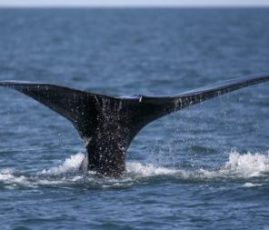
Whale entanglements dropping but threat remains, feds say
The number of whales entangled in fishing gear has declined recently, but the entanglements remain a critical threat to rare species, the federal government said in a report released Tuesday. There were 53 confirmed cases of large whales entangled in gear in the U.S. in 2020, the National Oceanic and Atmospheric Administration said Tuesday. That was a 25% decline from the previous year and a lower figure than the 13-year average, the agency said. Every coastal region except Alaska saw a decrease in whale entanglements, NOAA said. >click to read< 16:06
Athearn Marine Agency Boat of the Week: 44′ 11″ X 19′ Novi Dragger, Cat 3406C Diesel
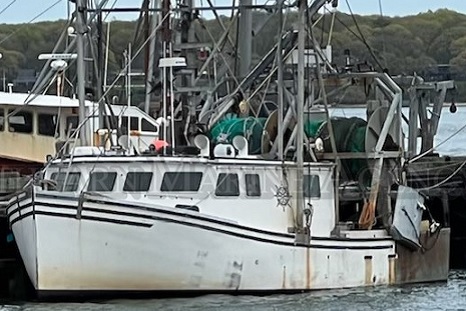 To review specifications, information, and 10 photos’, >click here<, To see all the boats in this series >click here< 11:33
To review specifications, information, and 10 photos’, >click here<, To see all the boats in this series >click here< 11:33
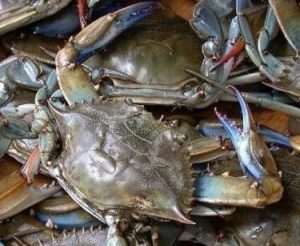
Maryland to restrict crabbing, including first-ever limits on harvest of male blue crab
Regulations issued this week, to be in effect from July through December, will limit commercial watermen to at most 15 bushels a day of male crabs in August and September. And the regulations will tighten existing restrictions on how many female crabs watermen can catch. The changes come weeks after an annual survey of Chesapeake blue crabs,,, That state fishery managers moved to limit even the harvest of male crabs demonstrates the gravity of the situation. Limits are typically only imposed on female crabs as a means of ensuring enough of them to survive to spawn, but with a more than 60% decline in the overall estimated blue crab population since 2019, scientists and representatives from the seafood industry are signaling that more protections are needed to help boost crab reproduction. >click to read< 16:02
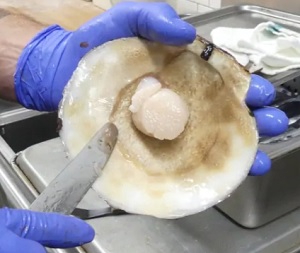
America’s scallop harvest projected to decline again in 2022
The decline in scallops is happening as prices for the shellfish, one of the most lucrative seafoods in America, has increased amid inflation and fluctuations in catch. Seafood counters that sold scallops for $20 per pound to customers two years ago often sell them for $25 per pound or more now. U.S. scallop fishers harvested more than 60 million pounds of scallops in 2019, but the catch has declined since, and fishers were projected to harvest about 40 million pounds of scallops in the 2021 fishing year. That number is projected to fall to 34 million pounds in the 2022 fishing year, which started this spring, according to the New England Fishery Management Council. >click to read< 13:48
Athearn Marine Agency Boat of the Week: 2008 36′ Calvin Beal Lobster/Tuna
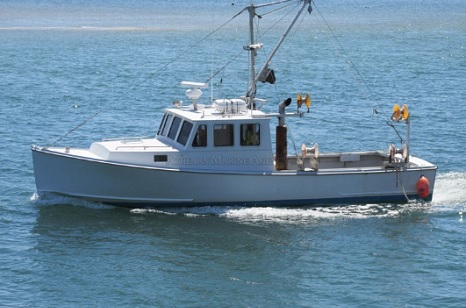 To review specifications, information, video, and 57 photos’, >click here<, To see all the boats in this series >click here< 11:59
To review specifications, information, video, and 57 photos’, >click here<, To see all the boats in this series >click here< 11:59
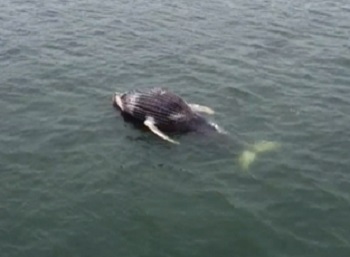
Boaters clobber rare Right whale and calf, but they avoid legal consequences
There’s nothing like a good shipwreck story. The crash happened near dusk on Feb. 12, 2021. A captain and seven passengers were aboard the 54-footer. They were returning from a day of competing at the Northeast Florida Wahoo Shootout. The boat was doing about 21 knots, 24 mph if you’re a landlubber, as it headed for the Conch House Marina in St. Augustine. Nearing their destination, in the St. Augustine Inlet, the boat smacked into something — hard. The boat stopped dead in the water. So did whatever it had hit. Suddenly the “About Time” didn’t have much time. Both its twin engines shut down and the damaged boat began sinking fast. When a pair of Florida wildlife officers showed up, the owner of the boat, Dayne Williams of New Smyrna Beach, blurted out, “I think we hit a whale. I saw fins and blood.” Biologists immediately identified it as an endangered North American right whale. >click to read< 12:34

Proposed N.J. wind farm could have major impact on area fisheries, draft report says
A proposed wind farm off the Jersey Shore could significantly affect local fisheries and boat traffic but generally have little impact on tourism and marine life while helping to move away from oil and gas, according to the draft environmental impact statement released Friday by the Bureau of Ocean Energy Management. The impact statement is the next step toward winning federal approval for Ocean Wind, a wind farm to be built by the Danish energy company Ørsted and PSEG. The draft statement addressed concerns by officials in some New Jersey beach towns that the turbines would spoil the ocean views and discourage tourists from returning. >click to read the foolishness< 14:18
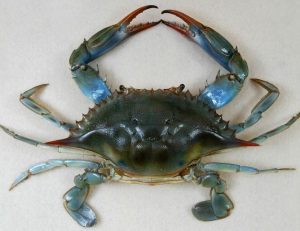
Chesapeake Bay blue crabs in trouble, tighter harvest restrictions loom
With the Chesapeake Bay’s crab population at its lowest ebb in more than 30 years, Maryland and Virginia are moving to curtail harvests in one of the region’s most valuable fisheries. Fisheries regulators in both states have proposed new catch restrictions, with plans to finalize them by the end of June. In Maryland, tighter limits for both commercial and recreational crabbing would take effect in July and for the first time would limit commercial harvests of male crabs, not just females. New commercial restrictions in Virginia would begin in October and continue until the crabbing season ends Nov. 30. >click to read< 08:17

Hudson Canyon to Be New Marine Sanctuary
Hudson Canyon is America’s deepest canyon in the Atlantic Ocean. NOAA will seek public comment on the potential boundaries for the sanctuary and other factors related to its future management through Aug. 8. Senator Kirsten Gillibrand of New York called for the sanctuary designation in an April letter to Richard Spinrad, NOAA’s administrator. But commercial fishermen harbor an inherent suspicion of government-imposed management. Dan Farnham Sr., who has caught tilefish in the area for more than 40 years, said on Monday. “I would say 60 to 70 percent of our catch comes from the canyon area.” Mr. Farnham said that he worries that the ultimate goal is to ban commercial fishing in the proposed sanctuary, which “would be financially devastating to us.” >click to read< 14:08






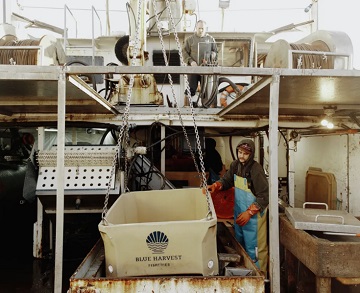
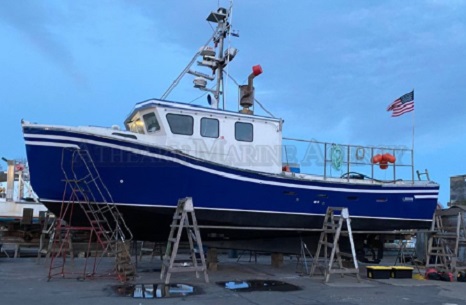
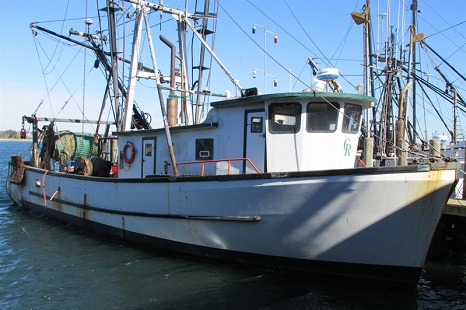
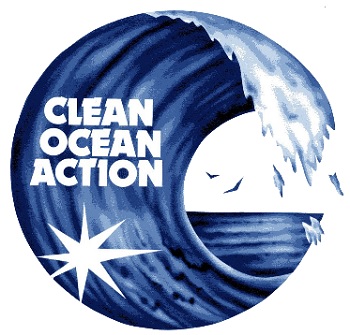

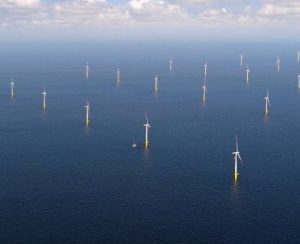




























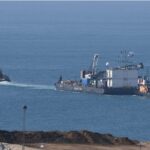
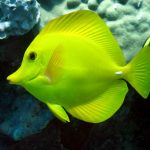
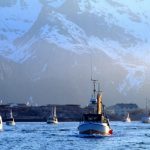

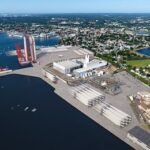
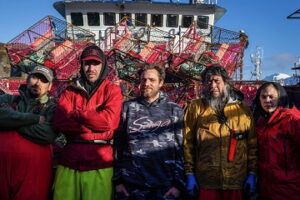
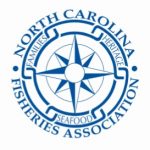
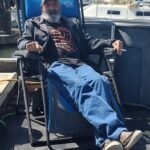
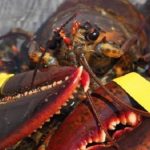
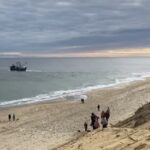



Fishermen fear Hudson Canyon sanctuary will mean more restrictions
The canyon is a prolific fishing ground that starts about 90 miles offshore from Manasquan Inlet and is in the crosshairs of a public debate over the sanctuary designation, which would give NOAA more leverage managing the resources of the largest submarine canyon off the Atlantic Coast. Commercial vessels fish for tunas, squid and lobster, while the state’s recreational fishing fleet of for-hire vessels continually run anglers out to the canyon to catch fresh tuna and tilefish. “We’re probably the greatest and strictest fishery management country in the world. Why do we need this extra layer on top of everything we have now?” said Jason Bahr, a seafood wholesaler and vice president of Blue Water Fisherman’s Association, a trade group of commercial longline fishermen who fish for pelagic species such as tuna and swordfish in the Hudson Canyon. >click to read< 07:50
Share this post